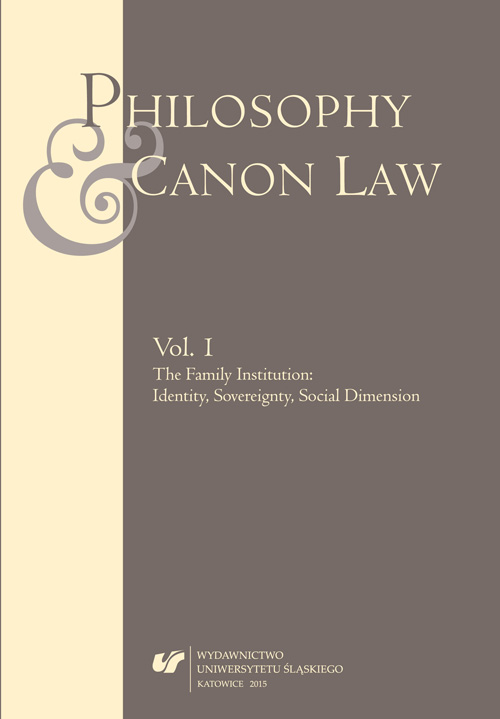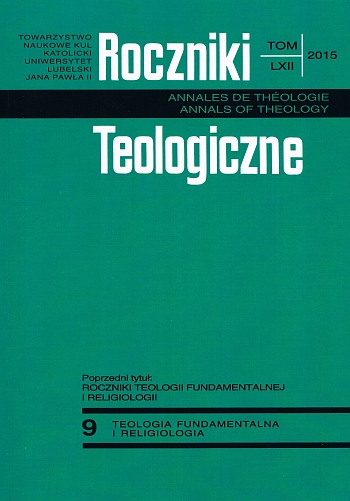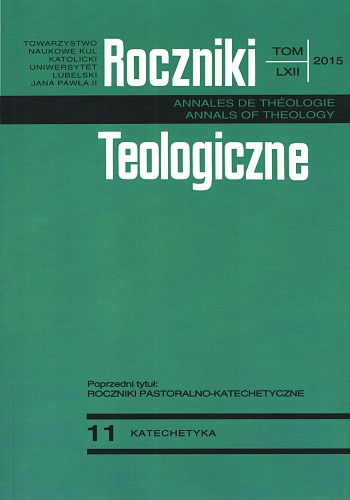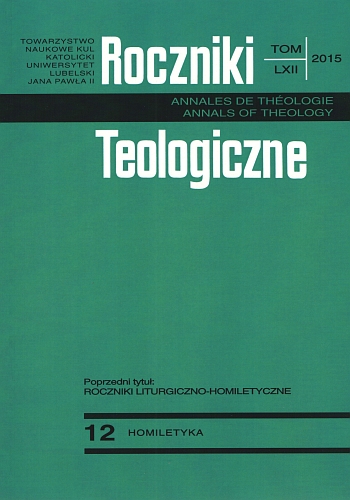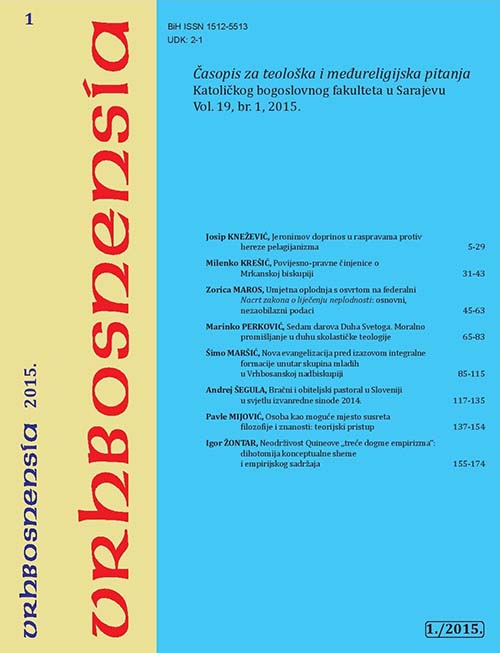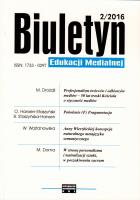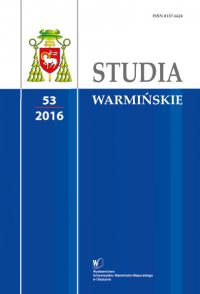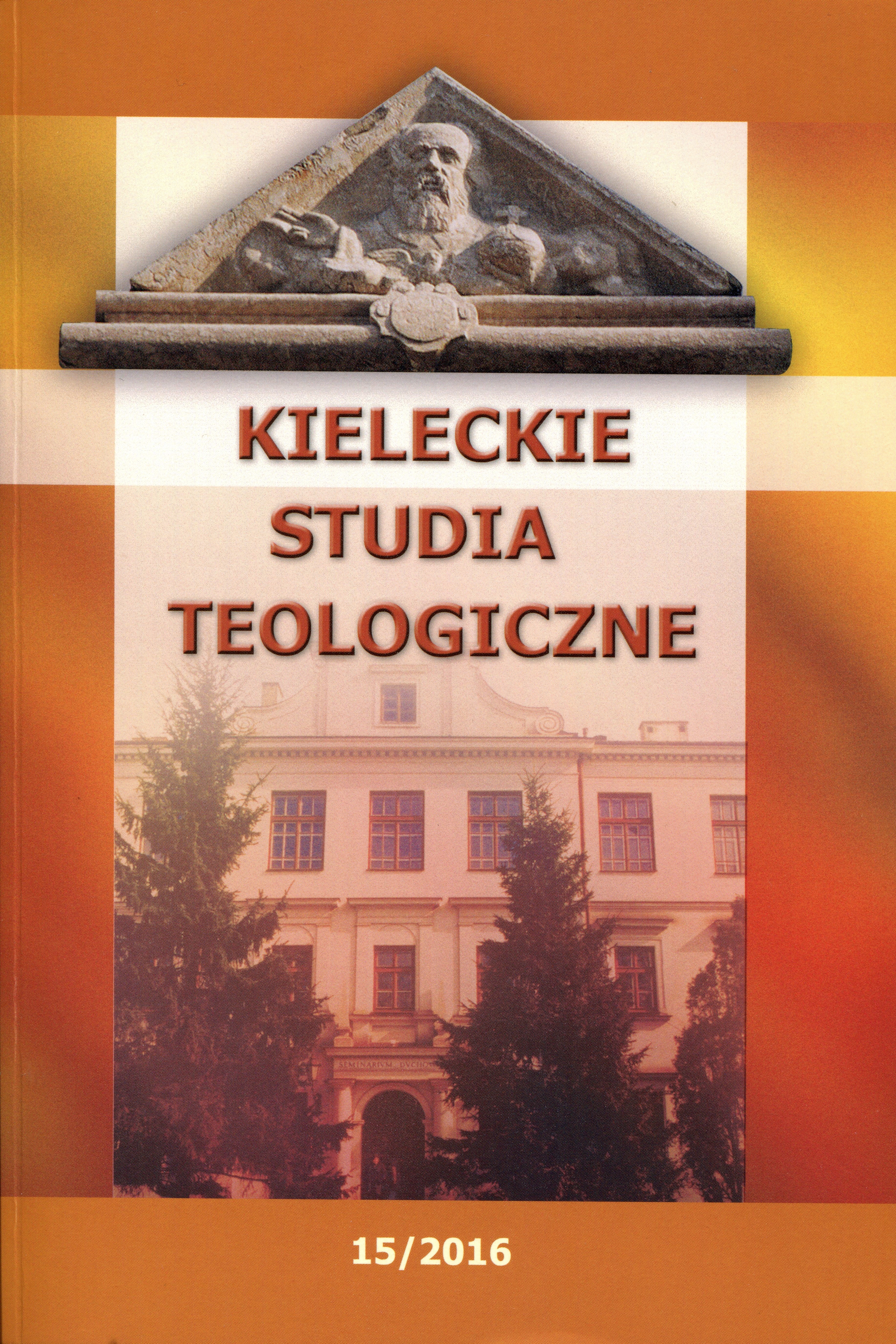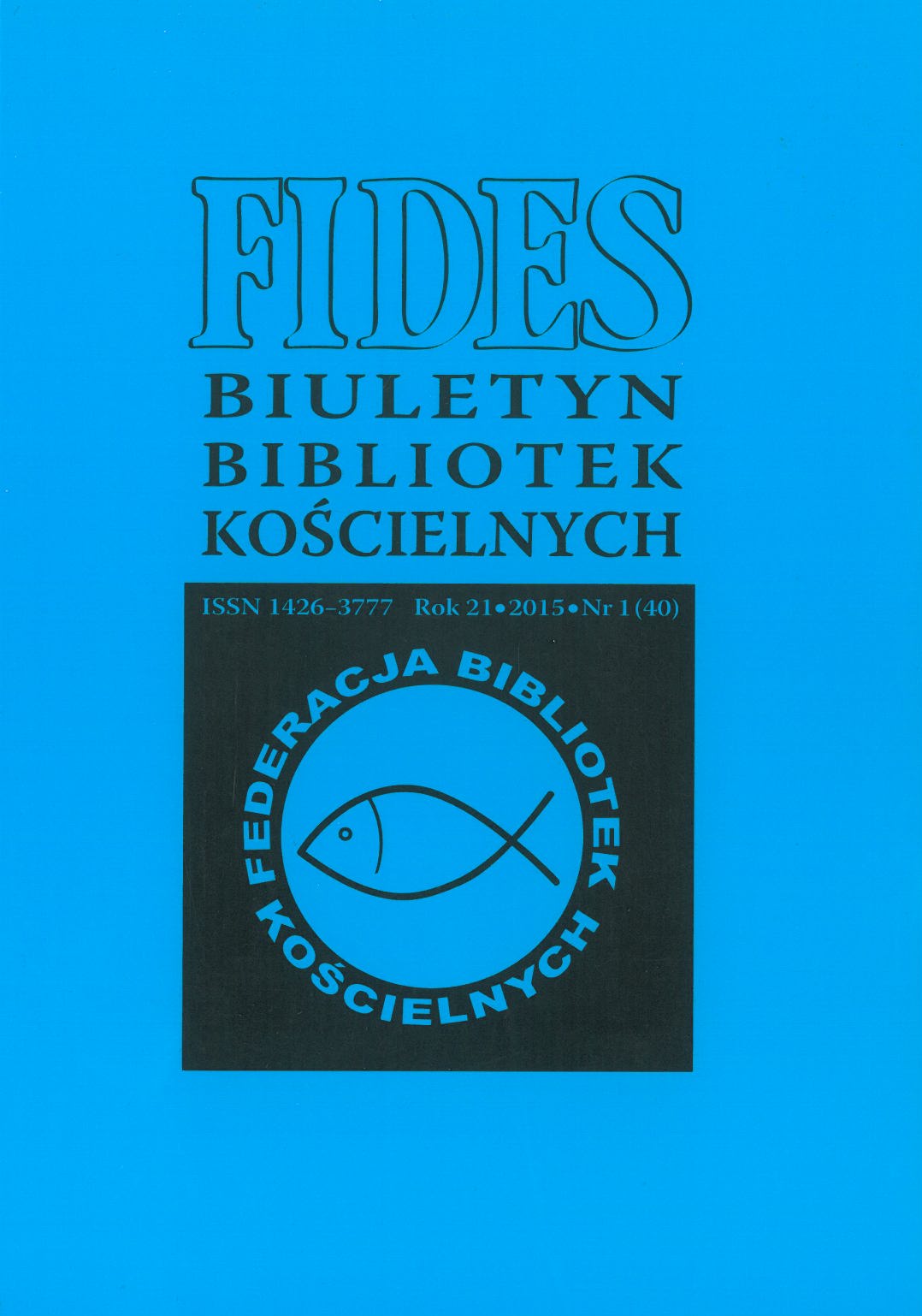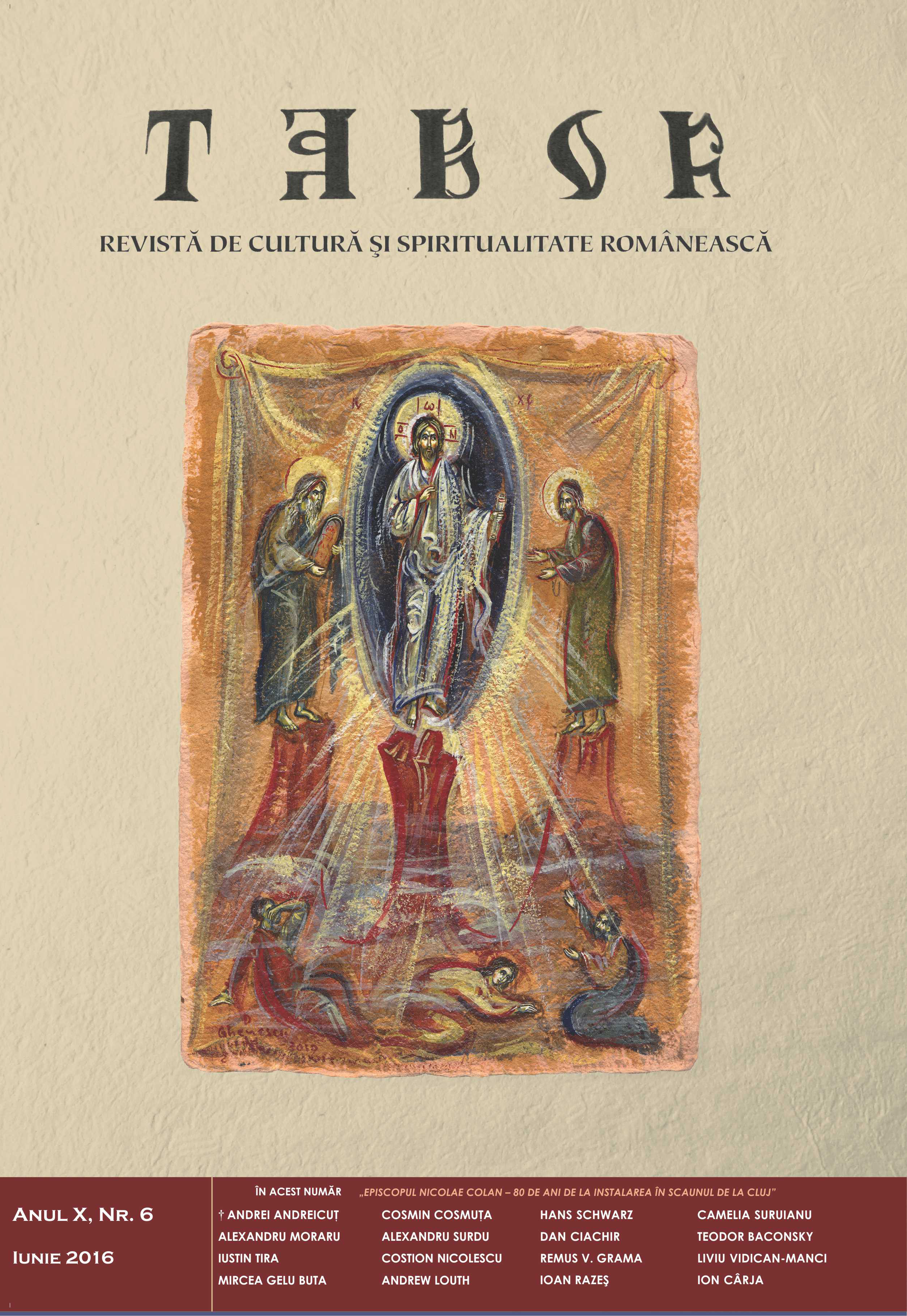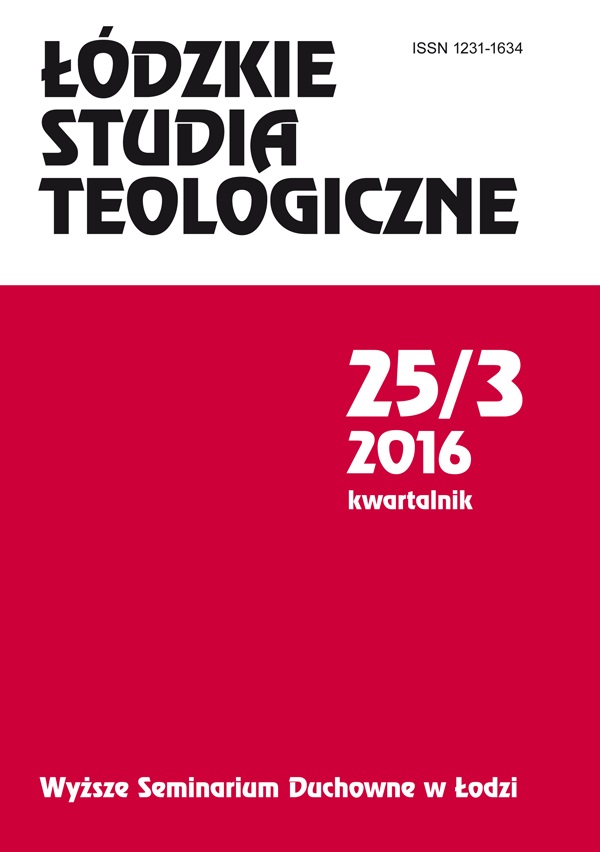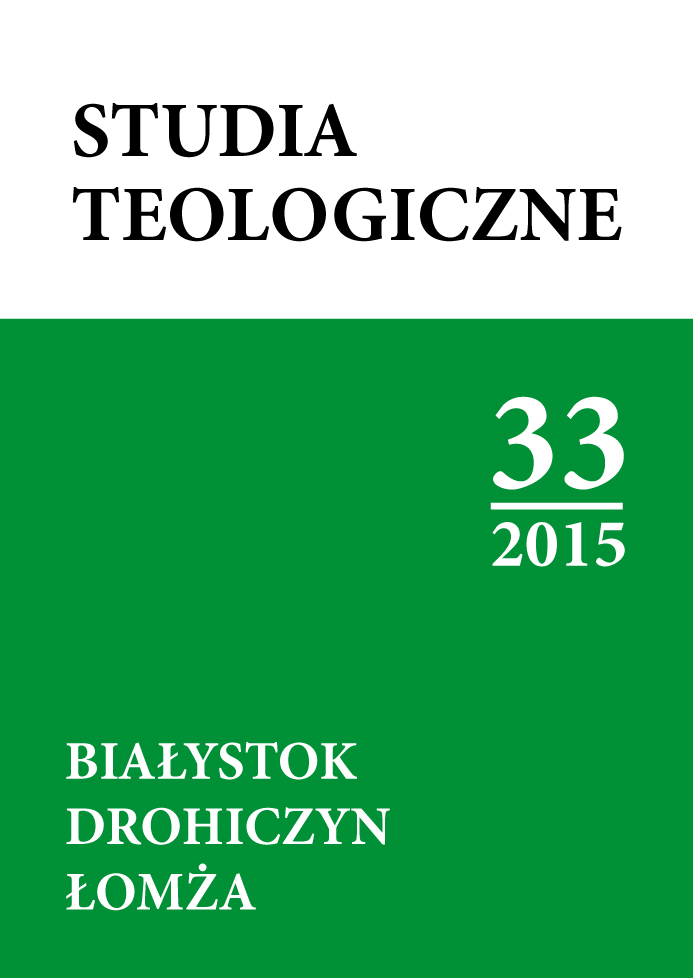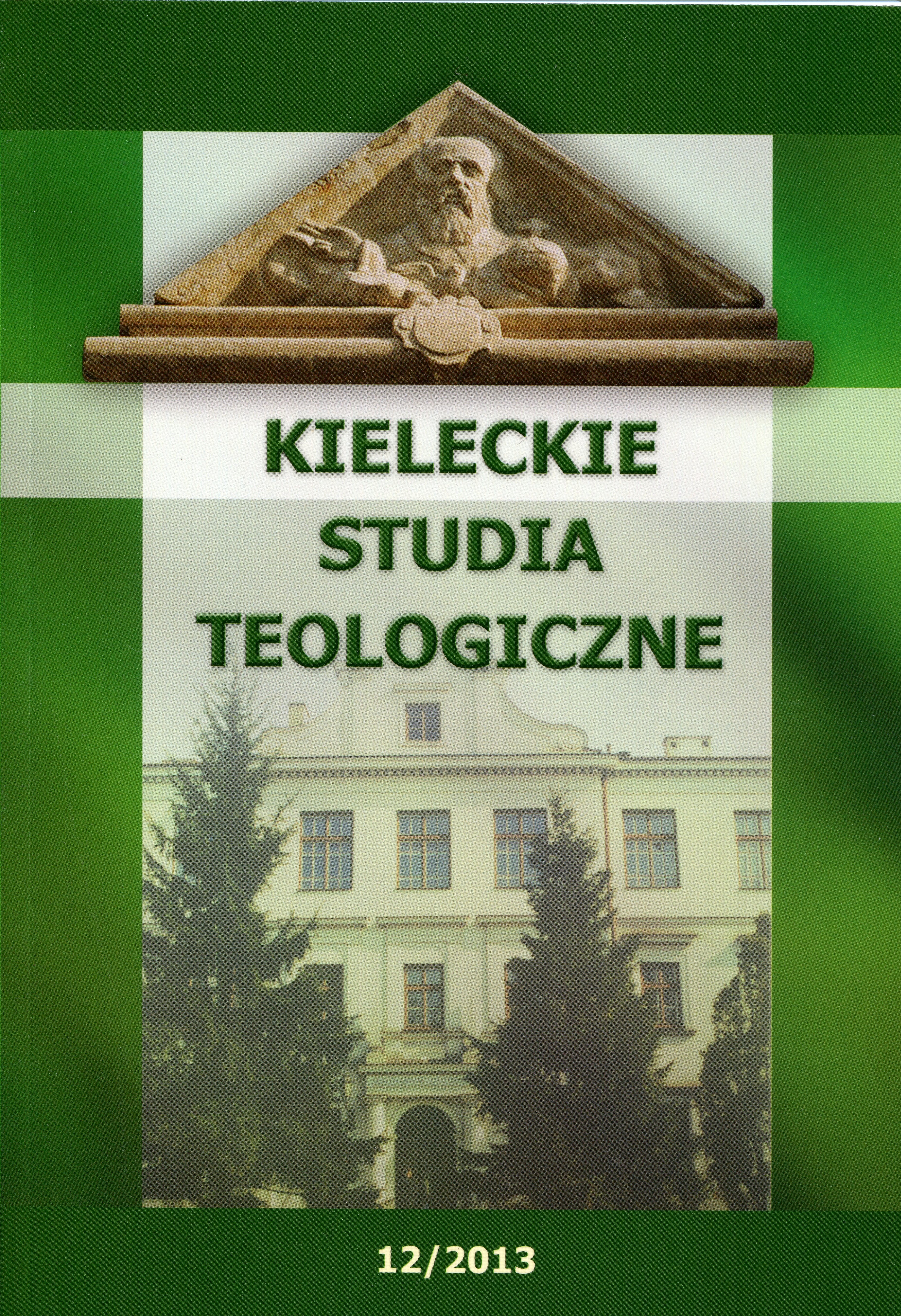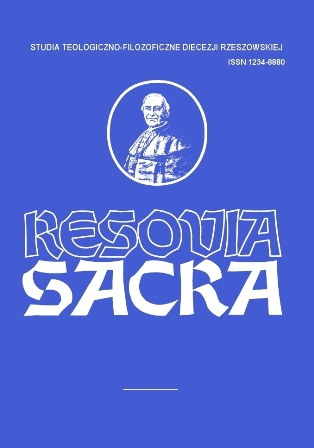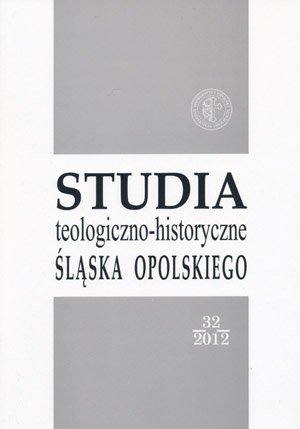
Kapłan jako przewodnik w kierownictwie duchowym
Desde los primeros siglos de la Iglesia hasta nuestros días, se ha practicado el consejo espiritual, llamado también dirección, guía y acompañamiento espiritual. El objetivo de la dirección espiritual consiste principalmente en ayudar a discernir los signos de la voluntad de Dios. Normalmente la dirección espiritual es vinculada al ministerio del sacerdote y con frecuencia a la confesión, donde el sacerdote actúa en nombre de Cristo y se muestra como padre, amigo, médico y guía espiritual. El documento de la Congregación para el Clero presenta algunas cualidades del sacerdote–director espiritual. En general se pide que el director tenga un gran espíritu de acogida y de escucha, con sentido de responsabilidad y disponibilidad, con un tono de paternidad y de fraternidad, y de respetuosa amistad, siempre como servicio humilde de quien ofrece un consejo, evitando el autoritarismo, el personalismo y el paternalismo, además de la dependencia afectiva, la prisa y la pérdida de tiempo en cuestiones secundarias, con la debida discreción y prudencia, sabiendo pedir consejo oportunamente a otros con las debidas cautelas, etc. Estas cualidades se integran con el don del consejo. No debe faltar una nota de sano “humor” que, si auténtico, es siempre respetuoso y contribuye a reducir a sus justas dimensiones muchos problemas artificiales y a vivir más serenamente. El artículo consta de seis capítulos: 1. La dirección espiritua en la historia de la Iglesia católica; 2. La dirección espiritul y el sacramento de la penitencia; 3. La dirección espiritual en la formación sacerdotal; 4. Las cualidades del director espiritual; 5. La dirección espiritual en la vida del sacerdote–guía; 6. La dirección espiritual del sacerdote y armonía entre los diversos niveles formativos.
More...
